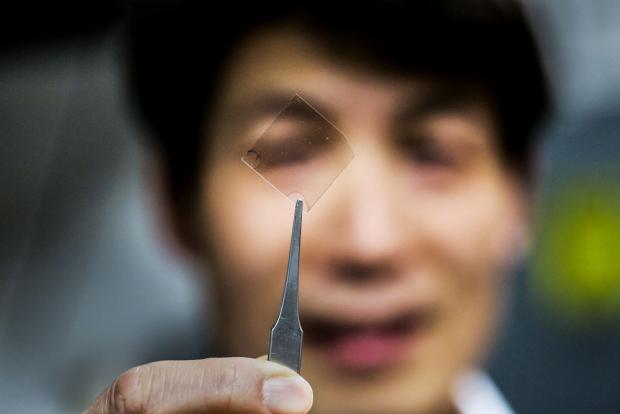
Breaking News
 Mirrored concrete for cheap solar energy
Mirrored concrete for cheap solar energy
 All Government Is Dictatorial Because All Government Is Totalitarian
All Government Is Dictatorial Because All Government Is Totalitarian
 Putin Says He's Ready for Peace
Putin Says He's Ready for Peace
 Medicaid Fraud in Minnesota at least $9 Billion Since 2018
Medicaid Fraud in Minnesota at least $9 Billion Since 2018
Top Tech News
 This tiny dev board is packed with features for ambitious makers
This tiny dev board is packed with features for ambitious makers
 Scientists Discover Gel to Regrow Tooth Enamel
Scientists Discover Gel to Regrow Tooth Enamel
 Vitamin C and Dandelion Root Killing Cancer Cells -- as Former CDC Director Calls for COVID-19...
Vitamin C and Dandelion Root Killing Cancer Cells -- as Former CDC Director Calls for COVID-19...
 Galactic Brain: US firm plans space-based data centers, power grid to challenge China
Galactic Brain: US firm plans space-based data centers, power grid to challenge China
 A microbial cleanup for glyphosate just earned a patent. Here's why that matters
A microbial cleanup for glyphosate just earned a patent. Here's why that matters
 Japan Breaks Internet Speed Record with 5 Million Times Faster Data Transfer
Japan Breaks Internet Speed Record with 5 Million Times Faster Data Transfer
 Advanced Propulsion Resources Part 1 of 2
Advanced Propulsion Resources Part 1 of 2
 PulsarFusion a forward-thinking UK aerospace company, is pushing the boundaries of space travel...
PulsarFusion a forward-thinking UK aerospace company, is pushing the boundaries of space travel...
 Dinky little laser box throws big-screen entertainment from inches away
Dinky little laser box throws big-screen entertainment from inches away
 'World's first' sodium-ion flashlight shines bright even at -40 ºF
'World's first' sodium-ion flashlight shines bright even at -40 ºF
Screens of the future could be made with transparent silver

There's a good chance you're looking at—or through—some indium tin oxide (ITO) right now. This ceramic material conducts electricity, but is transparent, which makes it crucial for the production of screens of all kinds, like those on smartphones and LCD televisions. But indium isn't pulled out of the ground directly—it's a byproduct of refining other metals—and the U.S. needs to import it from places like Canada and China. As a result, researchers have been looking for a viable ITO replacement for more than a decade, and it may come in the form of a super-thin layer of silver.
It's not that indium is insanely expensive—it cost about $109 per pound on average last year, on the free market—nor is it incredibly rare.
But "its supply is fixed," Ioannis Kymissis, an associate professor of electrical engineering at Columbia University, says, "because there's no real primary source."
A primary reason to search for an alternative is to "reduce the use of relatively scarce materials," Kymissis says, with an eye towards sustainability. Another is that ITO isn't good for flexible, bendable displays, because it's brittle.



